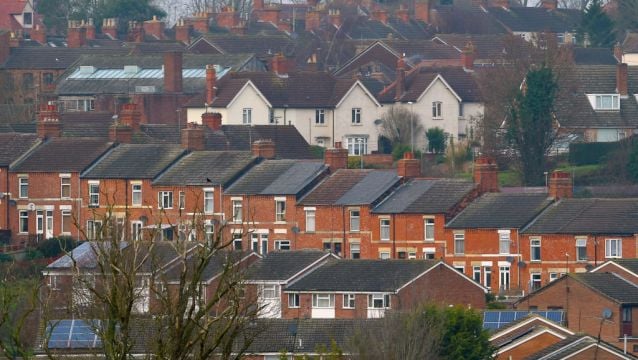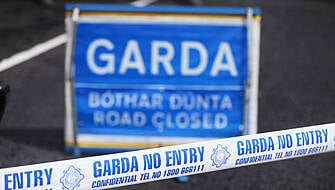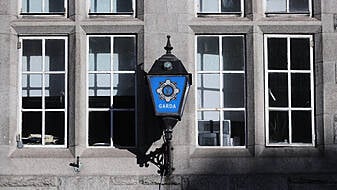Over 235,000 people in Ireland including more than 92,000 dependent children were classified as having an “ongoing need” for housing at the end of last year.
A new report by Oireachtas researchers has estimated that 6.6 per cent of all children aged 18 or under are in households who are eligible for social housing but not yet provided with such accommodation.
Research by the Parliamentary Budget Office claims the State would need to increase its existing stock of social housing by 56 per cent to accommodate all households with an ongoing need.
The PBO calculated that there were 115,425 households at the end of 2023 who were either on social housing waiting lists or in receipt of the Housing Assistance Payment.
They consist of 58,824 eligible households on the main social housing waiting list plus 56,601 active HAP tenancies.
The number of households with an “ongoing need” for housing was down around 1,500 – representing an annual decrease of around 1.2 per cent.
The reduction was largely driven by a net decrease of over 2,400 households in HAP tenancies.
However, the PBO said the total number of people in need of social housing was still 235,659, including 92,116 dependent children, which represents 4.4 per cent of the total population.
It estimated that it would cost almost €35 billion to build new, appropriate, permanent social housing for everyone with an ongoing need – down €57 million from the previous estimate in 2022.
“The cost of correcting this issue is high with building new appropriate accommodation coming at a significant expense,” the report noted.
However, it added: “Failure to address the problem sufficiently will lead to the future cost of action increasing further and the “locking in” of key age cohorts to a continued need for expensive and precarious State supported housing as their potential access to the private housing market diminishes.”
It also suggested that the targets for the supply of new social housing may need to be revisited and revised upwards due to its findings on the present state of social housing in Ireland in order “to meet demand and tackle affordability challenges.”
The PBO identified that the greatest need for housing across the country is among families in Galway city where 11.8 per cent of all households had an ongoing housing need.
The second highest level was in the administrative area of Dublin City Council where 10.4 per cent of families are in need of social housing.
Other areas with a high proportion of households in need of social housing are Louth (7.9 per cent, Fingal (6.9 per cent), South Dublin (6.6) per cent, Cork City (4.9 per cent) and Kerry (4.9 per cent).
In contrast, just 2.7 per cent of households in Roscommon have an ongoing need for social housing with the rate below 4 per cent in Leitrim, Longford, Cavan, Kilkenny, Offaly and Monaghan.
“The ongoing need is generally greater in more urbanised areas than in the midlands and rural areas,” the report noted.
The report also warned that there is a significant disparity between average HAP payments and new private monthly rents across all counties.
The PBO said it demonstrated the difficulties faced by HAP tenants in sourcing suitable and affordable accommodation.
It noted the average monthly rent for a new tenancy in Dublin in the final quarter of 2023 ranged from €1,988 in Fingal to €2,388 in Dún Laoghaire-Rathdown.
In contrast, the average monthly rent for all HAP tenancies in Dublin ranged from €1,358 in Dublin City to €1,403 in South Dublin.
The PBO said the widest disparity between HAP and private rents was a €992 difference in Dún Laoghaire-Rathdown.
The gap between the two figures was at its narrowest in Louth at €295.
The PBO said it included households whose rents are funded via the HAP as having an “ongoing need for housing” as they are private rental agreements without the security of tenure afforded to local authority tenants.
It claimed HAP tenants should regularly be included when calculating the number of people in need of housing as people in receipt of HAP are removed from the main social housing list once they enter the HAP scheme.
More than a quarter of all people on social housing waiting lists and HAP recipients are over the age of 50, representing almost 31,600 households with approximately half of the number people living on their own.
The PBO said the cost of providing appropriate housing for such a cohort will increase with their age as they face the greatest difficulties in securing affordable mortgage finance and paying unsustainable rents as they get older.
It also recommended that detailed statistics on both new and existing social housing should be published annually to aid transparency about the total number of active local authority tenancies.







